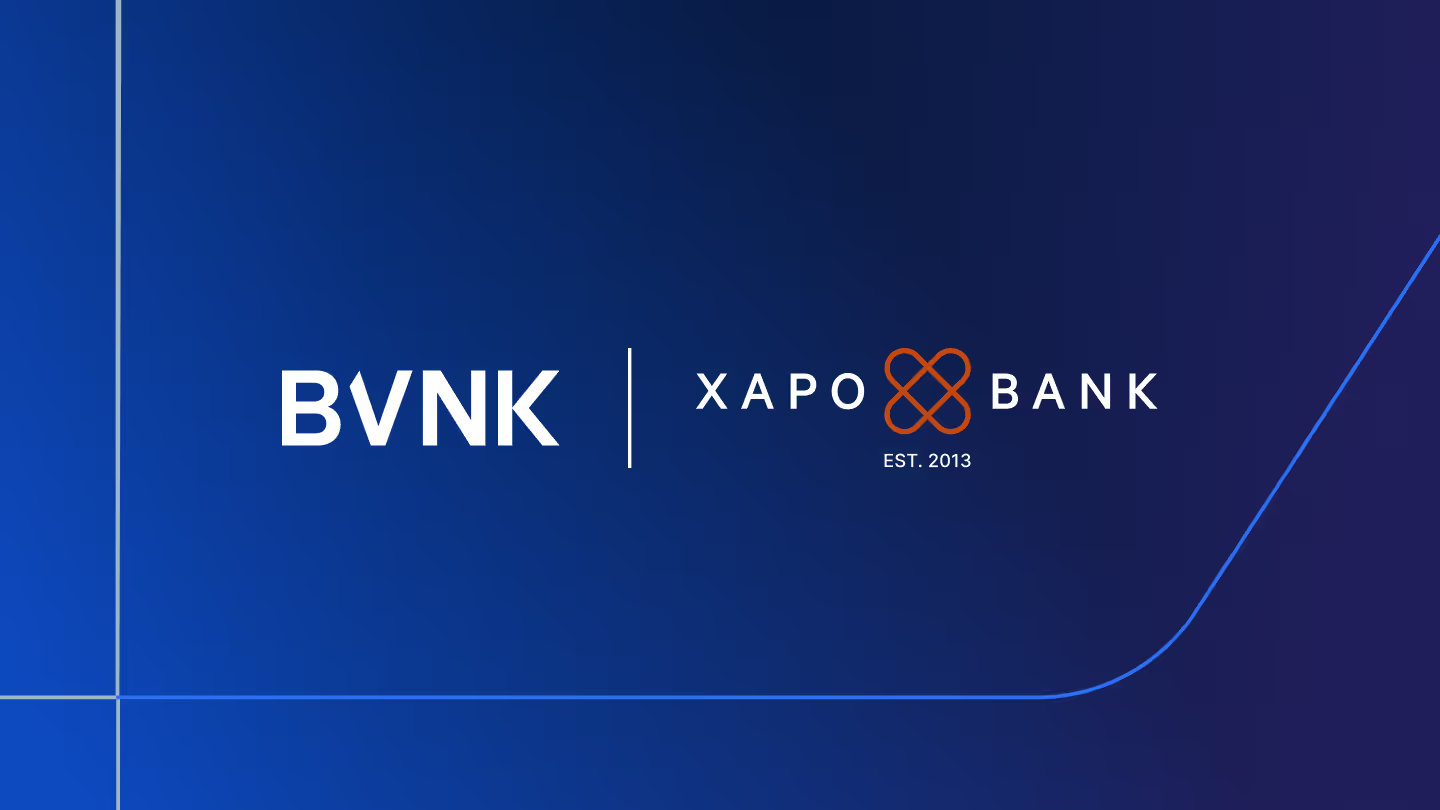B2B cross-border payments are on the edge of transformation says FXC Intelligence
The B2B cross-border payments market is growing and there’s a huge opportunity for fintechs to gain share, says analyst firm FXC Intelligence.
FXC Intelligence predicts that B2B cross-border payments will grow by 43% by 2030 and there’s a big opportunity for fintechs.
The firm shared new market data in May, showing that the value of the global cross-border payments market will grow from $190 trillion to $290 trillion by 2030. While wholesale makes up the biggest share right now, FXC Intelligence forecasts that B2B payments will grow from $39.3 trillion to $56.1 trillion in the next seven years.
FXC Intelligence also reported that among non-bank players, no one has more than 1% of market share globally, creating a huge opportunity for fintechs to gain share, specialise and dominate in specific verticals.
Watch highlights from FXC Intelligence’s Ben Disley talk at Currency LDN above, or Register for free to watch in full
B2B payments flourished over the pandemic
While consumer payments and remittance flows struggled over the pandemic, we’ve witnessed a “huge acceleration” of B2B cross-border payments, says Ben Disley, Head of Commercial at FXC Intelligence.
Small and medium sized businesses (SMBs) became more comfortable trading online, and increased their cross-border footprint. “We expect that to absolutely continue,” says Ben, “the SMB cross-border footprint will be as big as large corporates in the future.”
Ben also highlights the increased focus on B2B from investors and payment service providers over the pandemic: “Many businesses saw their B2B segments grow much faster than consumer equivalents, with Equals Money, for example, seeing EBITDA climb 138% by focusing on B2B.”
Investors like Tiger Global and Stripe also doubled down on B2B payments, data shows. Around 13% of Tiger Global’s portfolio is now in cross-border payments for example, while Stripe has made 33 investments in the space.
The downturn has led to consolidation, but the market is wide open
2022 brought consolidation and M&A in the market. Corpay acquired Global Reach in June 2022 for example, while Global Payments bought EVO in August 2022, adding 4.5 million merchants and 1,500 financial institutions to its base.
Away from the acquisitions, growth continued too: OFX grew 98% for example and Flywire 40% in 2022.
“The B2B payments space has consistently provided strong returns and opportunity for new and established players in the space,” says Ben Disley, “but banks are still dominant.”
Among the non-bank providers, no-one has more than 1% of the market globally.
Ben comments: “We expect acquisitions to continue in the next few years, and some players will begin to gain a larger share of the market. But we’re unlikely to see a single or even a few players dominate the market in the near or medium-term... We do expect to see companies specialising in particular verticals or capabilities and dominant players emerging in some of these.”
Just the beginning for B2B payments


From a B2B payments perspective, “we’ve barely started” says Ben, “there’s much more growth to come.”
FXC Intelligence estimates that the global cross-border payments market will reach $190 trillion in 2023, with wholesale making up the biggest segment at 76%. B2B payments will experience significant growth in the next seven years, growing 43% by 2030 to reach $56.1 trillion.
The biggest driver of B2B cross-border payments growth will be B2B ecommerce, explains Ben, which is set to overtake large enterprise to become the largest segment by 2030, climbing 120% to reach a market size of $22 trillion.
“This reflects the digitisation that we saw over the pandemic,” adds Ben. “We’ve seen a proliferation of marketplaces and platforms offering everything from goods to software to services… Although slower to gain momentum than consumer equivalents, these are now gaining considerable traction and are set to become increasingly common by the end of the decade.”

With growth, comes digital transformation
We’re on the edge of digital transformation for B2B cross-border payments, says Ben Disley.
Digital platforms will increase access to global commerce for all businesses and there are shifting expectations and needs in terms of global money movement. “This is prompting businesses to reassess how they handle payments," explains Ben, "companies that can provide sophisticated, seamless payment experiences will be increasingly valued.”
We’re likely to see similar trends in B2B as we have done in consumer remittance – with businesses switching providers more for a better experience and faster settlements.
“When we think about two of the main criteria for a cross-border payment, it’s speed and price. Banks are lagging behind in both of these areas," says Ben, “so there’s a real opportunity for fintechs who are using distributed ledger technology like blockchains to offer alternative solutions here.”
Despite the ‘crypto winter’ of 2022, a lot of the major players are already looking at the DLT space very heavily, adds Ben: “We expect that to continue and for instant settlement to become more of a pressing question for large corporates and SMBs.”
Macroeconomic changes will favour exotic currencies

Macroeconomic trends will continue to impact B2B payments in the next seven years, adds Ben. Trade flows are changing in response to international sanctions, shifting supply chains and political manoeuvring.
“What used to be known as ‘exotic currency pairs’ are being used more and more, because SMBs can access markets they couldn’t before, explains Ben. “There is also a move away from the dollar in some parts of the world such as Asia, which is likely to continue over the next few years.”
This article covers themes and data shared by FXC Intelligence at Currency LDN 2023. Register for free to access the talk in full.
Latest news
View allGet payment insights straight to your inbox



.jpg)






.avif)


.jpg)





